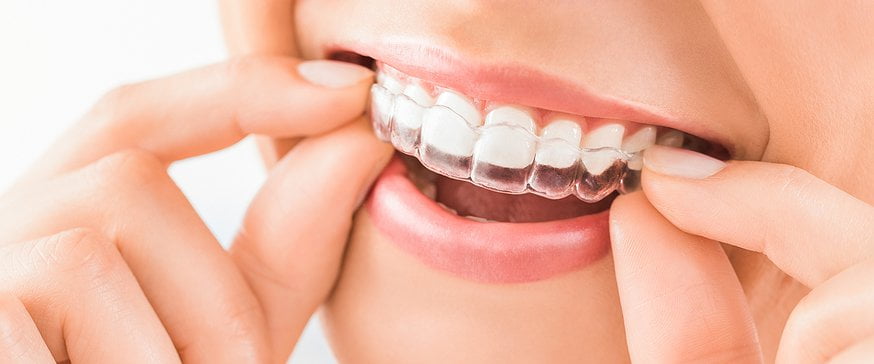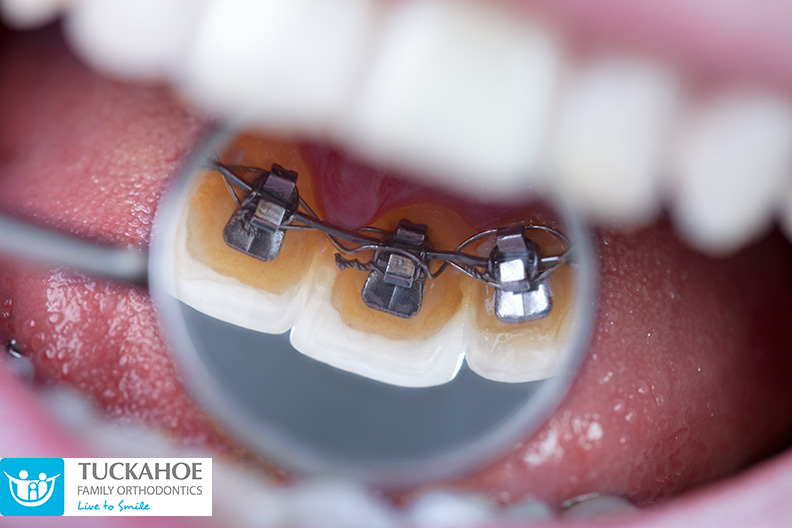Not known Incorrect Statements About Legacy Orthodontics
Not known Incorrect Statements About Legacy Orthodontics
Blog Article
Little Known Questions About Legacy Orthodontics.
Table of ContentsTop Guidelines Of Legacy OrthodonticsLegacy Orthodontics Can Be Fun For EveryoneThe Of Legacy OrthodonticsSome Known Details About Legacy Orthodontics More About Legacy Orthodontics
At Advanced Orthodontics, we provide individuals with a holistic treatment experience. In addition, we provide adjustable treatment routines, versatile repayment alternatives and a fun, enjoyable experience. orthodontics. Call ( 480) 357-4900 today for more details and timetable a consultation.An orthodontist is a dentist educated to detect, stop, and treat teeth and jaw abnormalities. Orthodontists function with individuals of all ages, from youngsters to adults.
Malocclusion, or misaligned teeth, can lead to dental problems, including tooth degeneration, gum illness, and hard or agonizing chewing. But not every person is born with straight teeth. If you have a poor bite or big areas between your teeth, you might intend to consult a dental practitioner specializing in orthodontic care.
Indicators on Legacy Orthodontics You Need To Know
( Picture Debt: DigitalVision/Getty Images) Orthodontists utilize fixed and detachable dental devices, like dental braces, retainers, and bands, to alter the placement of teeth in your mouth. Orthodontic therapy is for oral abnormalities, consisting of: Uneven teethBite troubles, like an overbite or an underbiteCrowded teeth or teeth that are as well far apartJaw misalignmentThe objective of orthodontic treatment is to boost your bite.
A healthy bite ensures you can eat, eat, and speak effectively. While you may consider orthodontists as generally for kids or young adults who require braces, they can deal with dental issues at any kind of age. Orthodontists go to university, dental college, and orthodontic institution. After graduation, they invest 2 or 3 years in an orthodontic residency program.
, yet not all dental experts are orthodontists. They concentrate on 2 areas: How to properly and safely relocate teeth Just how to correctly direct growth in the teeth, jaw, and faceOnce an orthodontist has finished training, they have the option to end up being board licensed.
The Definitive Guide to Legacy Orthodontics
Malocclusion leads to tooth overcrowding, a twisted jaw, or irregular bite patterns. Malocclusion is normally treated with: Your orthodontist affixes steel, ceramic, or plastic square bonds to your teeth.
If you have just small malocclusion, you might be able to use clear braces, called aligners, rather than conventional dental braces (https://www.slideshare.net/brianmccune20176). Some individuals need a headgear to aid move teeth into line with stress from outside the mouth. After braces or aligners, you'll need to put on a retainer. A retainer is a custom device that maintains your teeth in position.
They can produce added room in the mouth without having to draw teeth. Orthodontists use cables, surgical screws, or plates to sustain your jaw bone.
You might need to see an orthodontist if you have: Crowding or not adequate room for all of your teethOverbite, when your upper teeth come over your base teethUnderbite, when your bottom teeth are as well far forwardSpacing or concerns with gapsCrossbite, which is when your upper teeth fit behind your base teeth when your mouth is closedOpen bite or a vertical space in between your front bottom and upper teethMisplaced midline, when the facility of your bottom and upper teeth don't line up Remedying a dental malocclusion can: Make biting, chewing, and talking easierImprove the balance of our face and your general appearanceEase discomfort from temporomandibular joint problemsDifferent your teeth and make them simpler to clean, assisting protect against dental cavity or dental caries It's often a dental practitioner who initially notices misaligned teeth throughout a regular exam.
Not known Incorrect Statements About Legacy Orthodontics

During your very first orthodontic examination, you'll likely have: An oral examPhotos taken of your face and smileDental X-raysPanoramic (360 degree) X-rays of your face and headImpressions to develop molds of your teethThese tests will help your orthodontist know how to continue with your therapy. braces. An orthodontist is a dentist who's had training to treat your teeth and jaw
Orthodontists may carry out surgery, exams,X-rays,and even more to aid you obtain a much more comfy, healthier smile. An orthodontist is concentrated on your bite, so something like a broken tooth would be dealt with by a dentist. Orthodontists are dental practitioners but not all dentists are orthodontists. Orthodontists are concentrated on your bite, or the way your teeth meshed, and the straightness of your teeth.
Ever before asked yourself exactly how celebs always seem to have completely straightened teeth? Orthodontists are look at these guys dental experts who concentrate on fixing irregularities in the teeth and jaws.
Some Ideas on Legacy Orthodontics You Need To Know

While braces are the most generally acknowledged orthodontic therapy, orthodontists have a diverse toolkit at their disposal. The specific technique chosen relies on the severity of the case, the individual's age, and specific choices. These tried-and-true dental braces make use of a system of brackets bound to the teeth and linked by cables.
Clear aligners, like Invisalign, are a popular choice for clients seeking a more discreet therapy choice. These detachable trays are custom-made to considerably change the teeth's setting. Headwear may be made use of combined with dental braces or aligners to apply additional targeted forces, especially for dealing with jaw disparities. In instances of narrow jaws, palatal expanders can be made use of to develop space for correct tooth placement.
Report this page